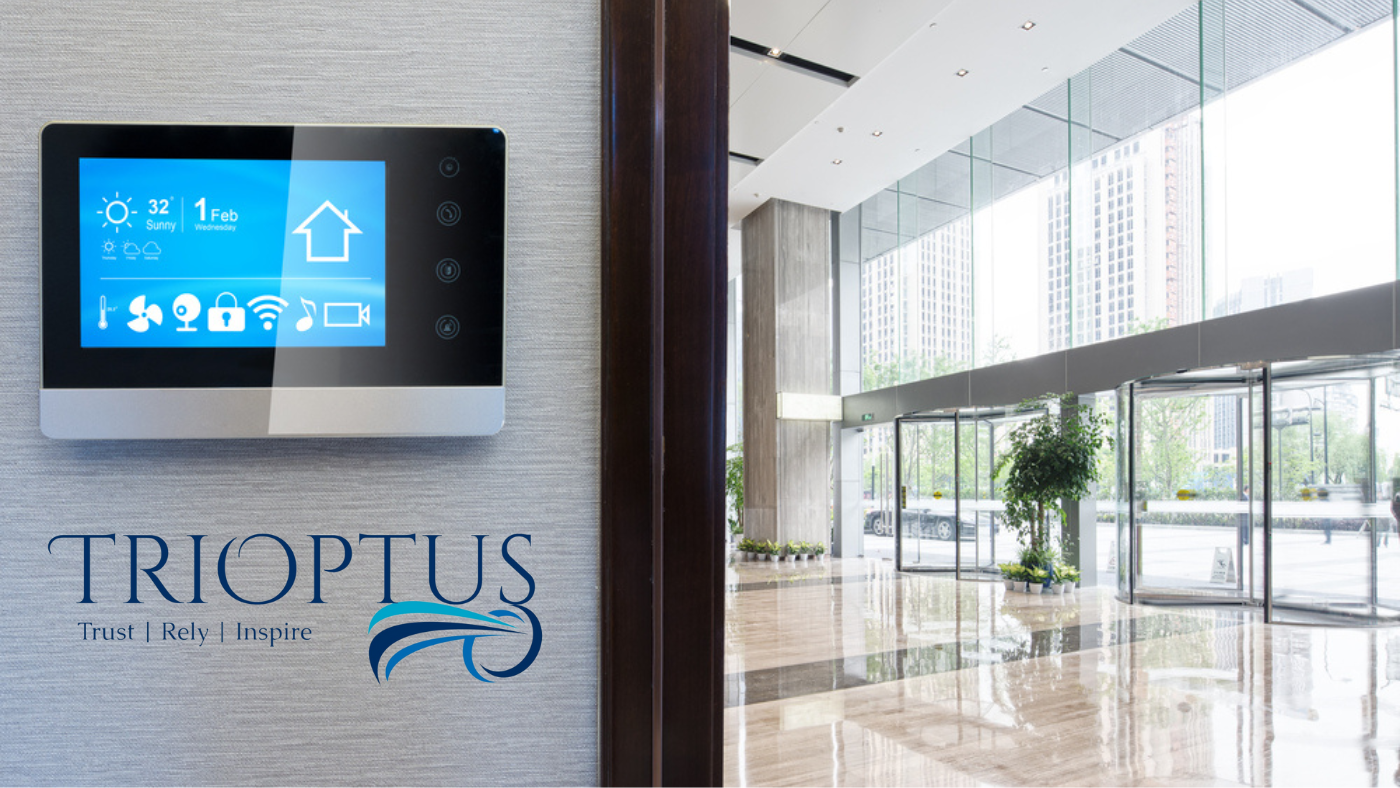
22 Apr 2025
The workforce doesn’t want to go back to the office. Why is that? And can smart buildings help companies bring employees back?
When the COVID-19 pandemic hit, businesses had to adapt quickly. Offices closed, and within weeks, people learned how to work from home.
Meetings moved online, paperwork went digital, and cloud-based tools became essential. For many, the traditional office became a thing of the past.
Now, as the world recovers, companies want employees back in the office. But it’s not that simple. Many workers prefer remote work and resist returning. Some even switch jobs to find employers who offer more flexibility.
So, is the office era really over?
Why Don’t People Want to Return to the Office?
First, let’s ask: Why should employees return? Some jobs require in-person work, but what about office jobs? Some leaders worry that working from home lowers productivity.
But studies show the opposite. In 2020, global labor productivity grew by 4.9%, even during lockdowns. People worked well from home, despite the stress of the pandemic.
Employees also report better focus at home. In one survey, 67% said they were more productive remotely. Another 31% said office distractions—like noisy coworkers—hurt their efficiency.
Health is another concern. COVID-19 is still a risk, especially for those with vulnerable family members. A crowded office can easily spread illness.
Still, offices have benefits. Isolation can harm mental health. Some people miss face-to-face interaction, even if it means dealing with a commute.
The Real Problem: Lack of Flexibility
The issue isn’t just returning to the office—it’s rigid work schedules. Not everyone works best from 9 to 5. Some are night owls; others prefer early mornings.
The pandemic proved that flexible schedules work. Employees want control over their time. Companies that offer flexibility have a hiring advantage.
But if businesses want workers back, they must make offices appealing. That means better safety, comfort, and technology. One solution? Smart buildings.
What Are Smart Buildings?
Smart buildings use technology to improve efficiency, safety, and comfort. They rely on the Internet of Things (IoT), which connects devices to collect and share data.
These buildings can:
- Monitor health risks – Temperature checks at entry points can block sick visitors.
- Enable touch-free access – Wave sensors or phone apps replace physical buttons.
- Track contacts – If someone gets sick, the system can alert others who were nearby.
- Automate comfort settings – Lights, temperature, and blinds adjust based on occupancy.
For example, you could order coffee from your phone before arriving. Or, if a room gets too crowded, the system could improve airflow.
Smart Buildings as Virtual Spaces
Smart buildings aren’t just physical—they’re digital too. Employees can interact with the office remotely.
Imagine:
- Booking a meeting room from an app.
- Getting real-time updates on who’s running late.
- Pre-set the room’s temperature and lighting before arrival.
This makes hybrid work smoother. Employees can choose when to come in, knowing the office adapts to their needs.
Are Smart Buildings the Answer?
Smart buildings can’t replace remote work entirely. Many employees still prefer flexibility. But they can make offices more appealing by:
- Reducing health risks.
- Adding convenience.
- Supporting hybrid schedules.
The future of work isn’t just about location—it’s about choice. Companies that blend smart offices with flexible policies will attract the best talent.
The office isn’t dead. It’s just evolving. And smart buildings are leading the way.











Comments (0)